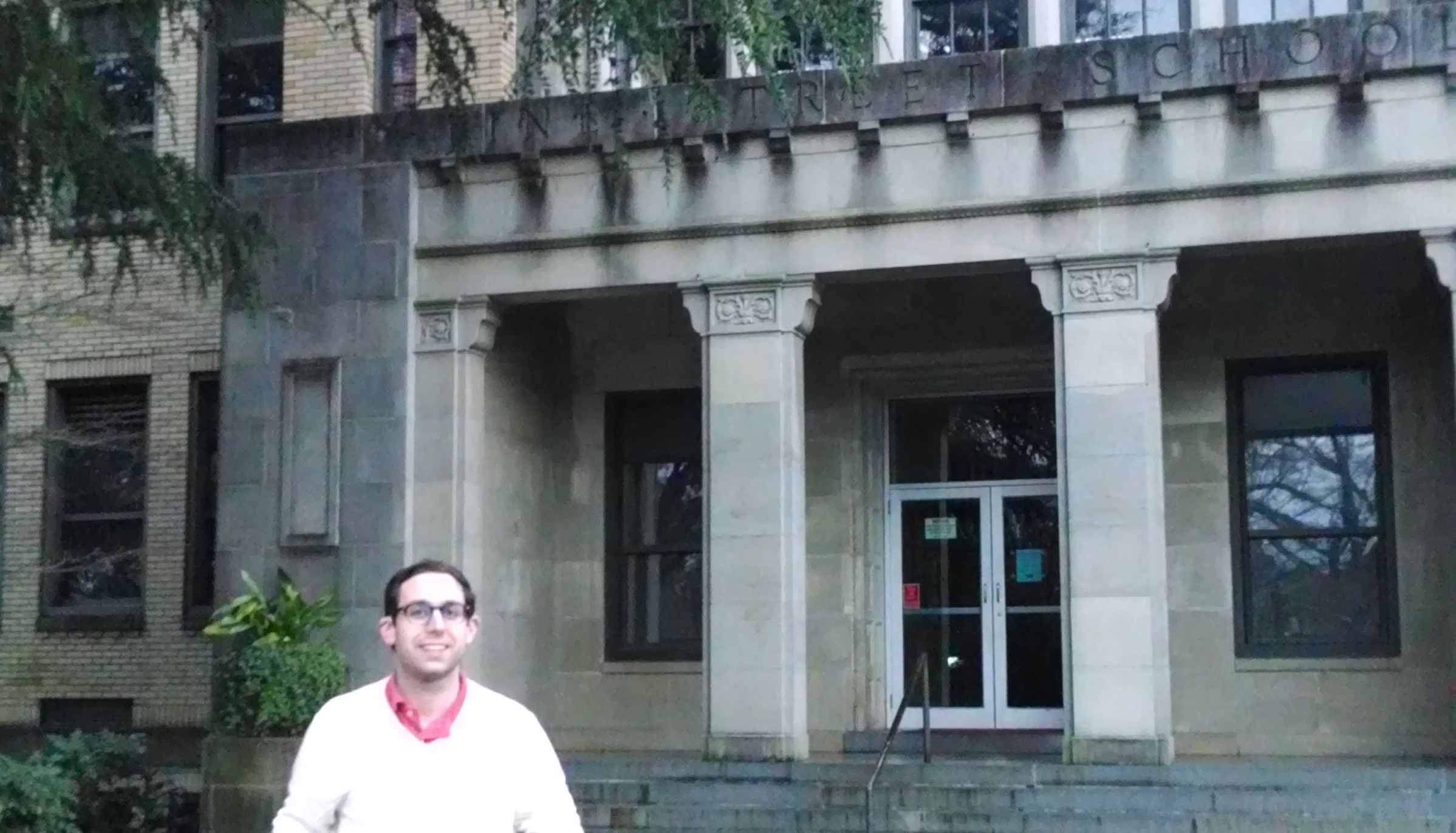Over the winter break, your intrepid reporter went on a field trip to Spartanburg, SC. Spartanburg represents many of the factors I am fascinated by: a small southern town experiencing a renaissance as the pillars of the old economy: textiles and tobacco, no longer stand.
Spartanburg is home to several colleges, including Wofford (formerly all men, now co-ed) and Converse (still all women, Go Valkyries!), and University of South Carolina-Upstate. Providence, too, is a former industrial town with a number of colleges and universities. Though it is much bigger than Spartanburg, Providence could learn from the little southern city.
Spartanburg has been trying to revive its downtown for many years. A former Mayor, Bill Barnet, was an important advocate for downtown redevelopment, even moving his own family into the heart of downtown, renovating the old Water Works building
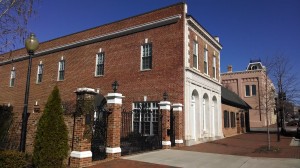
Photo Author’s Own
to make it his home (shown to the right). Providence has also been trying to encourage downtown redevelopment. Both cities have a way to go before it is a done deal and both cities struggle to change public perception that downtown is seedy and full of crime.
To encourage people to explore the city, Spartanburg has also opened a contract with B Cycle to create a municipal bike share program. Bike shares tend to work well in towns with many college students, because young, single, healthy people tend to be the most willing to bike. Students can take the bikes from campus to campus, or from campus to downtown. The bikes shown are on the campus of Converse College, waiting for students, faculty, or staff to hop on and go downtown.
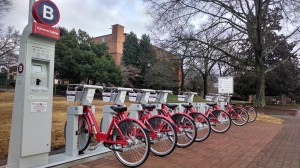
Photo Author’s Own
A special student rate of just $15 a year allows students to ride bikes from station to station and enables them to be a part of the Spartanburg community, not just live in the college bubble. Providence has done feasibility studies of bike share, but has not yet invested in the technology.
Spartanburg’s economic development team also started the Main Street Challenge, a business plan competition. The City has adopted some empty storefronts to fill with local businesses. Entrepreneurs can submit a business plan to the City’s economic development team, and the team selects winners. Winners receive a year rent-free in a downtown storefront and other business support. The storefront to the right, next to the furniture store, advertises its availability for the main street challenge.
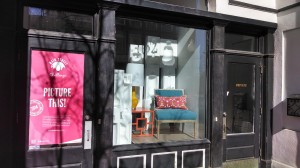
Photo Author’s Own
If you have an idea for a downtown business in Spartanburg, click the link and submit it. You could win a very valuable prize! Right now 12 storefronts, ranging from 1,100 square feet to 10,000 square feet are in the contest. If you have been considering opening a business in a small southern town, now is the time!
Two stores, one a backpacking equipment store, the other a high-end maternity wear store called Haute Mama have opened with Main Street Challenge support. Filling storefronts to make the city an attractive place for pedestrians makes a major difference in downtown redevelopment.
To improve Spartanburg’s sense of place, the town has also added many historical markers to inform the history of the town. This one discusses the Marshall Tucker Band, an iconic Southern Rock band. Providence could use a dose of such “fun history,” rather than just honoring battles and the Irish Potato Famine.
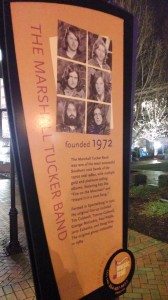
Photo Author’s Own
It is good to see people who care about their towns ready to work to keep them prosperous. As the economy changes, old mill towns like Spartanburg, still called the Hub City and once called the Textile Town, need to adapt. These industries, for a variety of reasons, have largely left the South. These industries came to Spartanburg from the Northeast. Spartanburg is now going through what Providence and Pawtucket went through a couple generations prior: the loss of mass textile manufacturing. The towns can learn from one-another.
To add a bit of personal history, my Grandfather was born in Spartanburg and lived there through high school. This is the elementary school he attended. He was there the first day it opened, in 1929. I grew up hearing stories about growing up during the Depression in Spartanburg. It was neat to reconnect with my roots.
